The (Best) Book on Dividends
Fund manager Dan Peris explains how you can reap the rewards of dividend-paying stocks in his new book, The Strategic Dividend Investor.

I'm amazed at how so many otherwise worthy stock-market books ignore dividends or dismiss them as meaningless. Even Kiplinger columnist Jeremy Siegel, in his classic book Stocks for the Long Run, glides over them in 350 pages of otherwise astute analysis of why stocks are indispensable.
By no means am I suggesting that Siegel and others are clueless. They make many valid points in arguing against the relative importance of dividends. For example, they note, when you get a dividend in a taxable account, you need to square up with the IRS by the following April 15. When it comes to paying taxes on appreciation, you can control when to realize a gain. Losses have value, too, because you can use them to offset gains and some non-investment income. You can’t use capital losses to shelter dividend income.
But dividends have a lot to commend them, too. And you’ll learn about them if you read The Strategic Dividend Investor, a new book by Dan Peris, a splendid fund manager with a doctorate in history whom I’ve quoted a few times in this column. (It’s available for $15 in print and $10 in e-book format at Amazon).

Sign up for Kiplinger’s Free E-Newsletters
Profit and prosper with the best of expert advice on investing, taxes, retirement, personal finance and more - straight to your e-mail.
Profit and prosper with the best of expert advice - straight to your e-mail.
Peris manages Federated Strategic Value Dividend Fund. It is a broker-sold fund with hefty sales charges, so Kiplinger’s readers don’t hear much about it. Class A shares (symbol SVAAX) impose a 5.5% sales charge and take another 1.05% per year for expenses. Even if the fees were lower, I wouldn’t be enthusiastically endorsing the fund. Many investors are better served by buying a basic market index fund, adding a dividend-oriented exchange-traded fund, such as iShares Dow Jones Select Dividend (DVY), and throwing some high-quality dividend-paying stocks and bonds into the mix. This avoids high fund expenses and minimizes commissions, except for trivial online trading tolls. You also avoid the chance that a fund will see too much money flowing in and out at inconvenient times, making it difficult for its manager to, well, manage efficiently.
That’s not a problem for Peris, however, because his fund doesn’t attract hot money. That said, Strategic Value is having a fine 2011. Year to date through June 10, the fund returned 5.84%, four percentage points better than Standard & Poor’s 500-stock index and two points ahead of DVY, the Dow dividend ETF. Strategic Value’s current yield is 3.3%. When I screened for comparable no-load funds on Morningstar, the closest match in terms of performance and holdings was Dodge & Cox Stock (DODGX), a member of the Kiplinger 25 and a fund I’d recommend to anyone.
Back to dividends, as long as the maximum federal income tax rate on them remains 15%, they are a treasure. Moreover, even after big share-price run-ups since the stock market’s 2009 nadir, many blue-chip stocks yield as much or more than the same company’s short- and medium-term bonds. But bonds don’t provide dividend increases, and dividends are growing in most industries except banking. Among stocks in the S&P 500, dividends are up 17.2% from a year ago. In 2010, 256 companies resumed or initiated dividends, and 196 have done so thus far in 2011.
Many of you are in the know about this and need no persuasion. But it’s worth repeating, since these days, buying a stock without a dividend, unless it’s Apple, is silly. So I suggest you read Peris’s book. It’s not long, and much of it contains nuts-and-bolts advice for choosing dividend stocks. He likes AT&T (T) and Verizon Communications (VZ) -- they were his fund’s two top holdings at last report -- and explains why he’s confident that the two telecommunication giants will remain substantial sources of yield. The clues are in the companies’ quarterly cash-flow statements, which Peris finds way more useful than earnings statements or even balance sheets. If you find a company that doesn’t have much in the way of capital-expenditure requirements and generates rising cash flow (earnings plus depreciation and other non-cash charges), that company will produce rising free cash flow, and you have discovered a potential fountain of dividends.
Kimberly-Clark (KMB) is one of Peris’s prime examples. So are tobacco companies (please don’t flame me about smoking; I hate it with a passion, but this isn’t a health column). Their dividends are secure despite periodic inflation scares. But I get the sense Philip Morris could pay billions upon billions to cancer victims and their families and still have the wherewithal to pay big dividends.
Peris mocks stock buybacks because shareholders don’t really get cash payments. He offers welcome info on trolling for dividends in foreign stocks, something you might overlook but can do with the help of a Web site such as www.adr.com. Peris also details the essential role of dividends in the long-term returns of stocks. Without dividends, the stock market’s long-term return would be nowhere near that gaudy compounded annual return of 10% that Jeremy Siegel sings about in Stocks for the Long Run (over the long run, dividends account for about 42% of the market’s long-term returns). Read Siegel, please. But give a dividend book equal time. And I haven’t seen a better one than The Strategic Dividend Investor.
Get Kiplinger Today newsletter — free
Profit and prosper with the best of Kiplinger's advice on investing, taxes, retirement, personal finance and much more. Delivered daily. Enter your email in the box and click Sign Me Up.

-
 The AI Doctor Coming to Read Your Test Results
The AI Doctor Coming to Read Your Test ResultsThe Kiplinger Letter There’s big opportunity for AI tools that analyze CAT scans, MRIs and other medical images. But there are also big challenges that human clinicians and tech companies will have to overcome.
By John Miley Published
-
 The Best Places for LGBTQ People to Retire Abroad
The Best Places for LGBTQ People to Retire AbroadLGBTQ people can safely retire abroad, but they must know a country’s laws and level of support — going beyond the usual retirement considerations.
By Drew Limsky Published
-
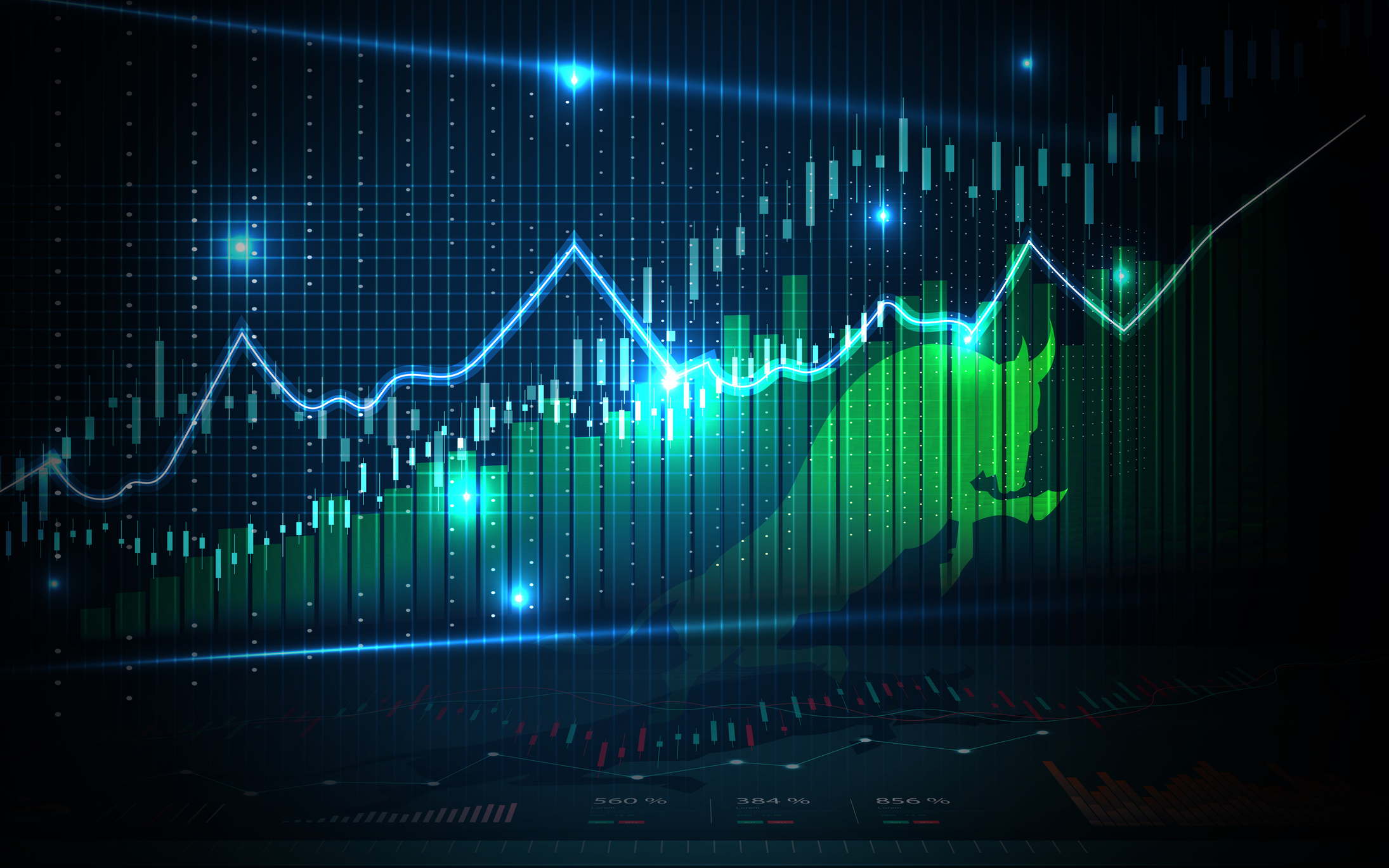 Stock Market Today: Stocks Surge to Close a Volatile Week
Stock Market Today: Stocks Surge to Close a Volatile WeekIt was another day with a week's worth of both news and price action, but it ended on a strongly positive note.
By David Dittman Published
-
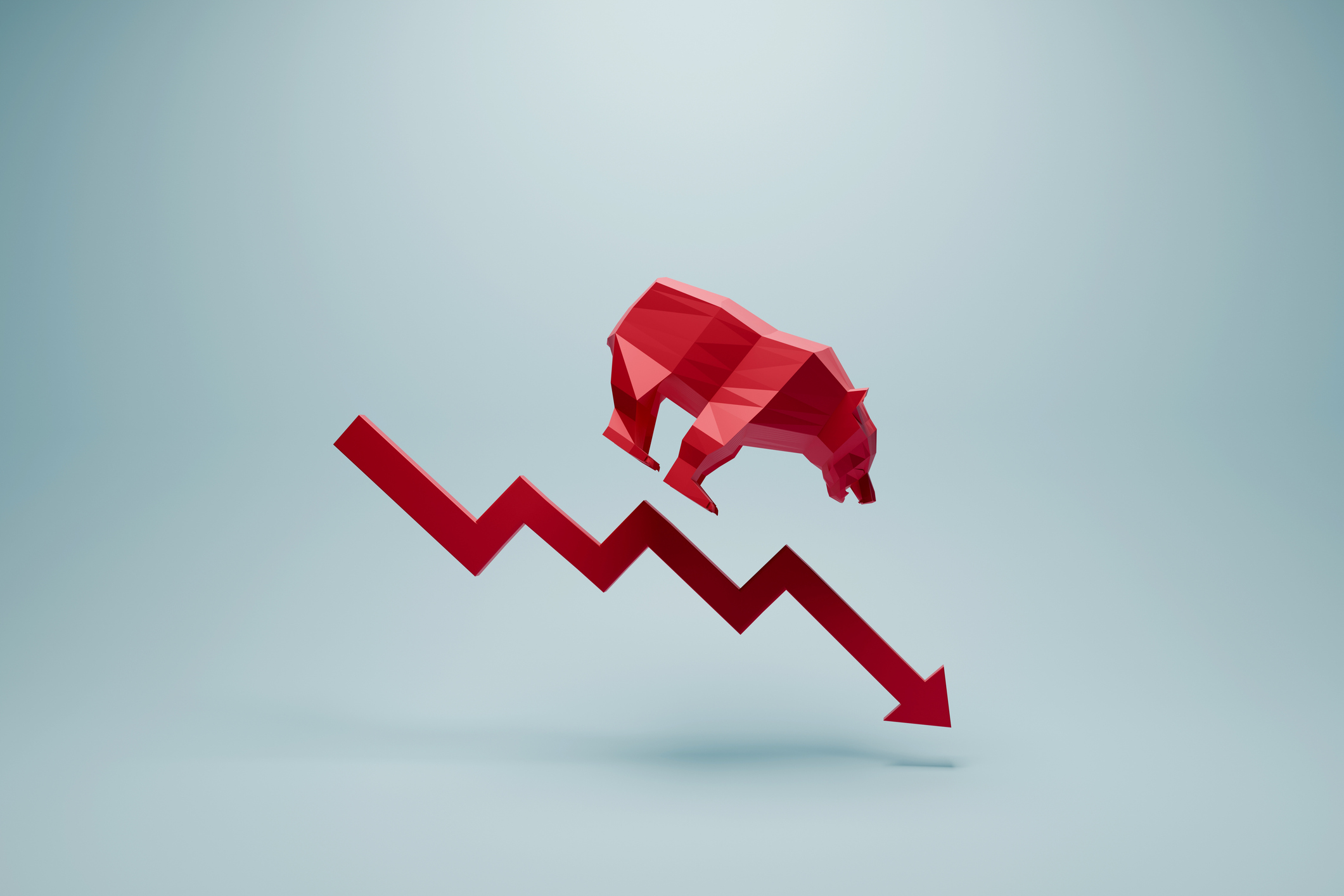 Stock Market Today: Uncertainty Proliferates: Dow Loses 1,014 Points
Stock Market Today: Uncertainty Proliferates: Dow Loses 1,014 PointsWeaker-than-expected consumer inflation data wasn't enough to stabilize sentiment during another volatile day for financial markets.
By David Dittman Published
-
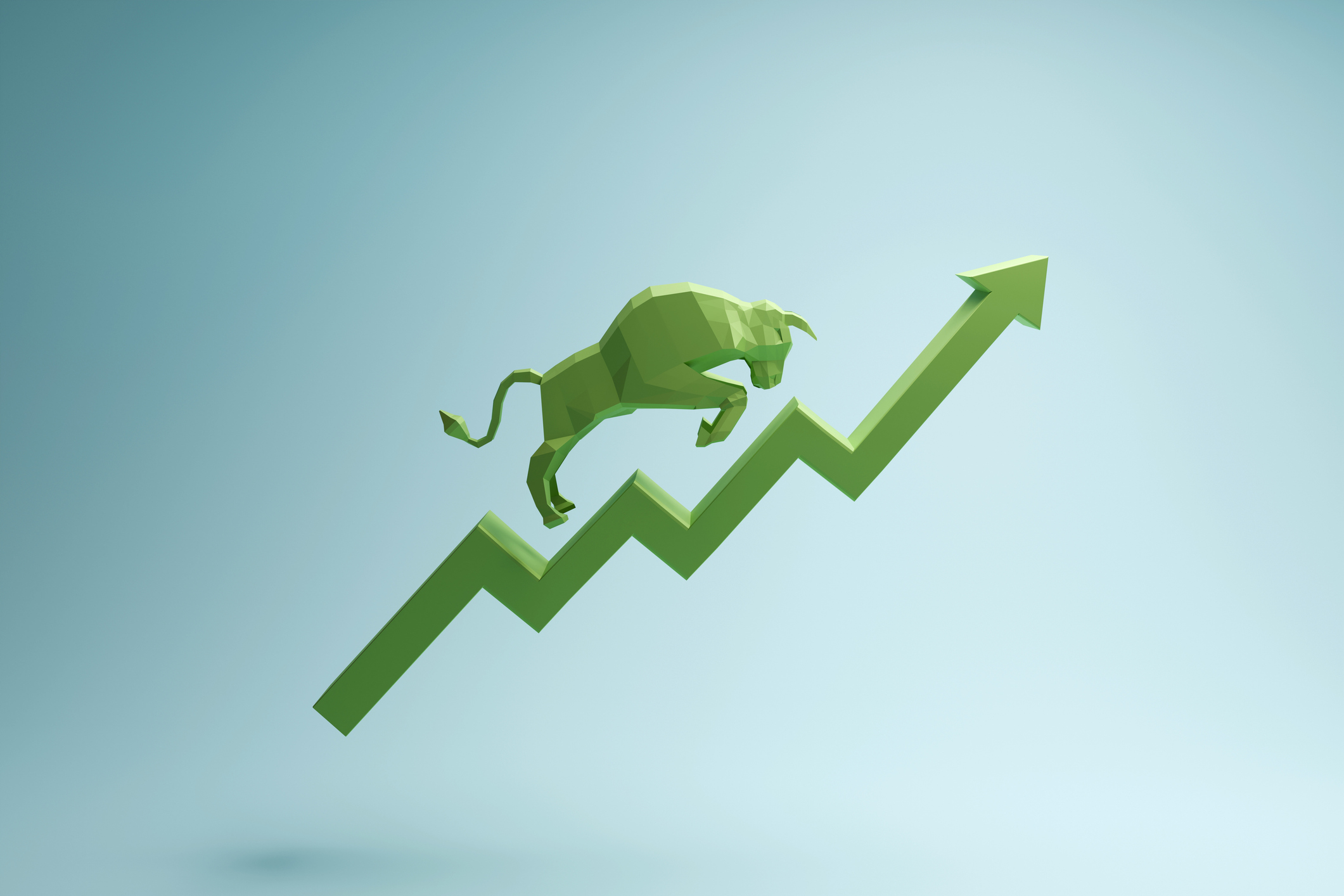 Stock Market Today: Tariff Pause Triggers 3,000-Point Dow Rally
Stock Market Today: Tariff Pause Triggers 3,000-Point Dow RallyThe bond market is sending concerning signals as the Trump administration executes its rapid reordering of global trade relationships.
By David Dittman Published
-
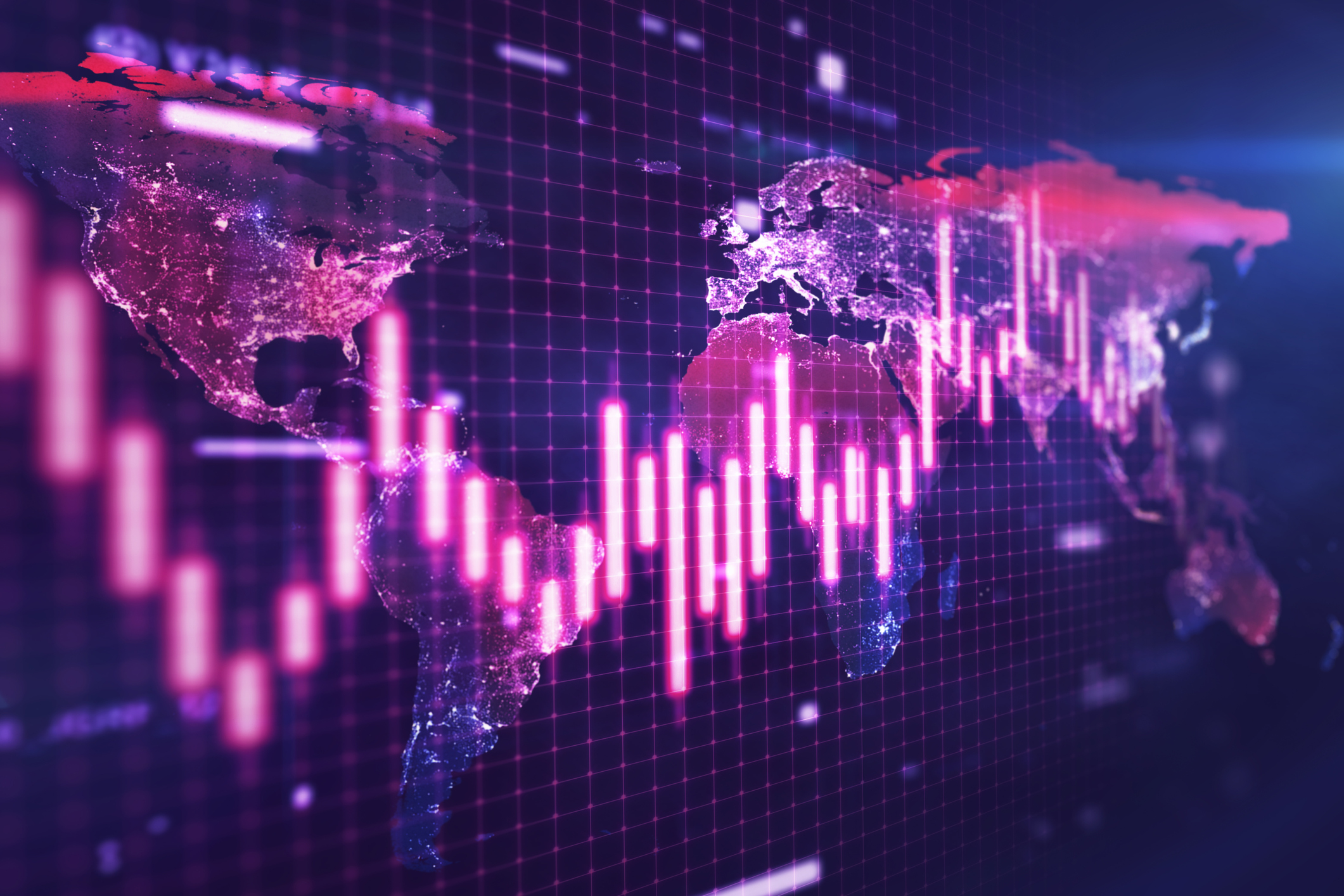 Stock Market Today: Tariff Talks Drive Another Up-and-Down Day
Stock Market Today: Tariff Talks Drive Another Up-and-Down DayTrade war negotiations are happening, but the "fear gauge" is gyrating, and investors, traders and speculators are still searching for signs of a bottom.
By David Dittman Published
-
 Stock Market Today: Trump Pushes Dow Into 2,600-Point Swing
Stock Market Today: Trump Pushes Dow Into 2,600-Point SwingTariffs and trade war weigh on prices across global financial markets, with little light at the end of the tunnel.
By David Dittman Published
-
 Stock Market Today: Dow Drops Another 2,231 Points to Hit a Correction
Stock Market Today: Dow Drops Another 2,231 Points to Hit a CorrectionThe Nasdaq Composite, meanwhile, entered a new bear market with its latest slide.
By Karee Venema Published
-
 Stock Market Today: Dow Dives 1,679 Points on Trump Tariff Shock
Stock Market Today: Dow Dives 1,679 Points on Trump Tariff ShockU.S. stocks lost roughly $3.1 trillion in market cap on Thursday – the biggest one-day decline since the start of the COVID-19 pandemic in March 2020.
By Karee Venema Published
-
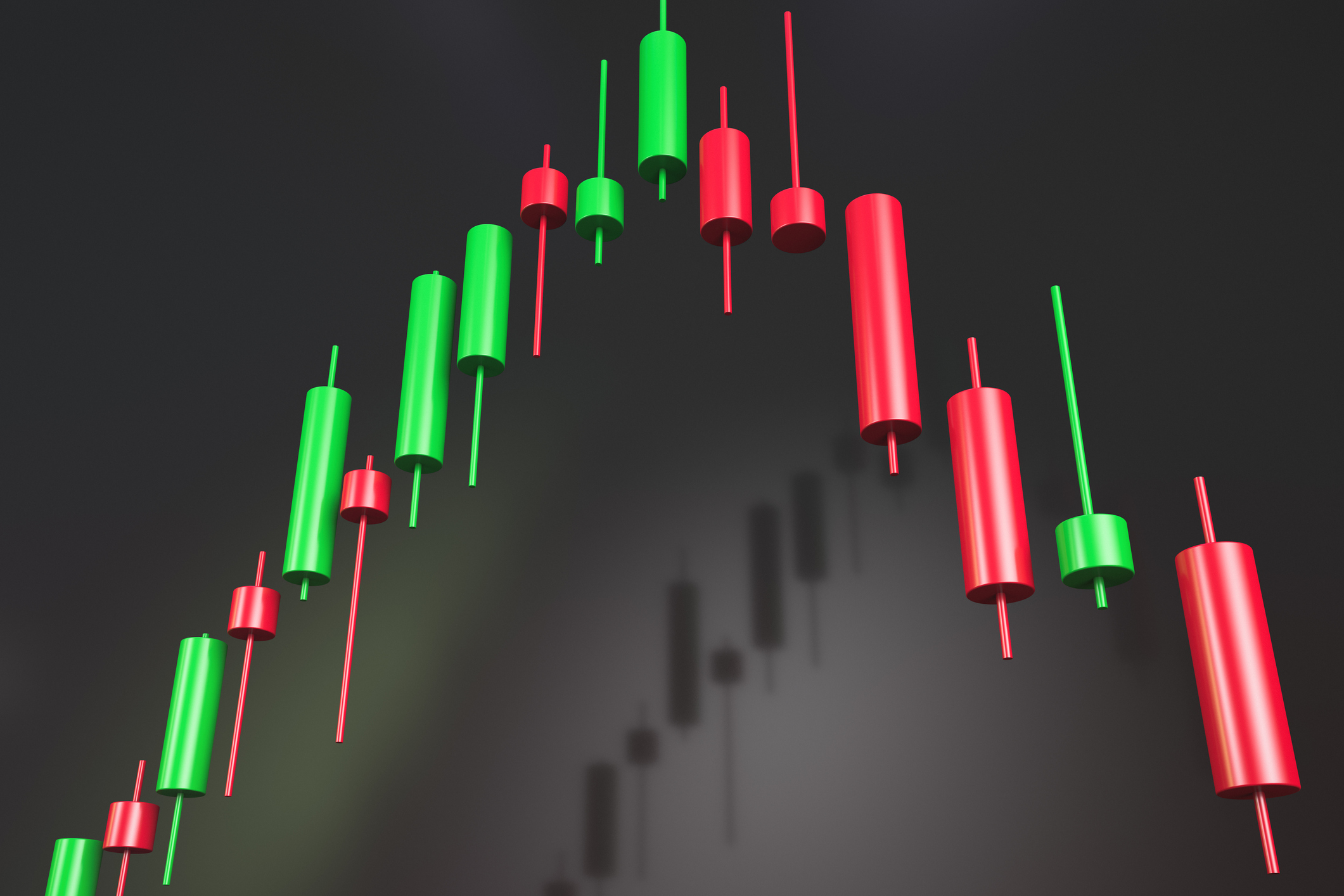 Stock Market Today: It's the Old Up-Down Again on Liberation Day
Stock Market Today: It's the Old Up-Down Again on Liberation DayMarkets look forward to what comes with the reordering of 80-year-old global trade relationships.
By David Dittman Published